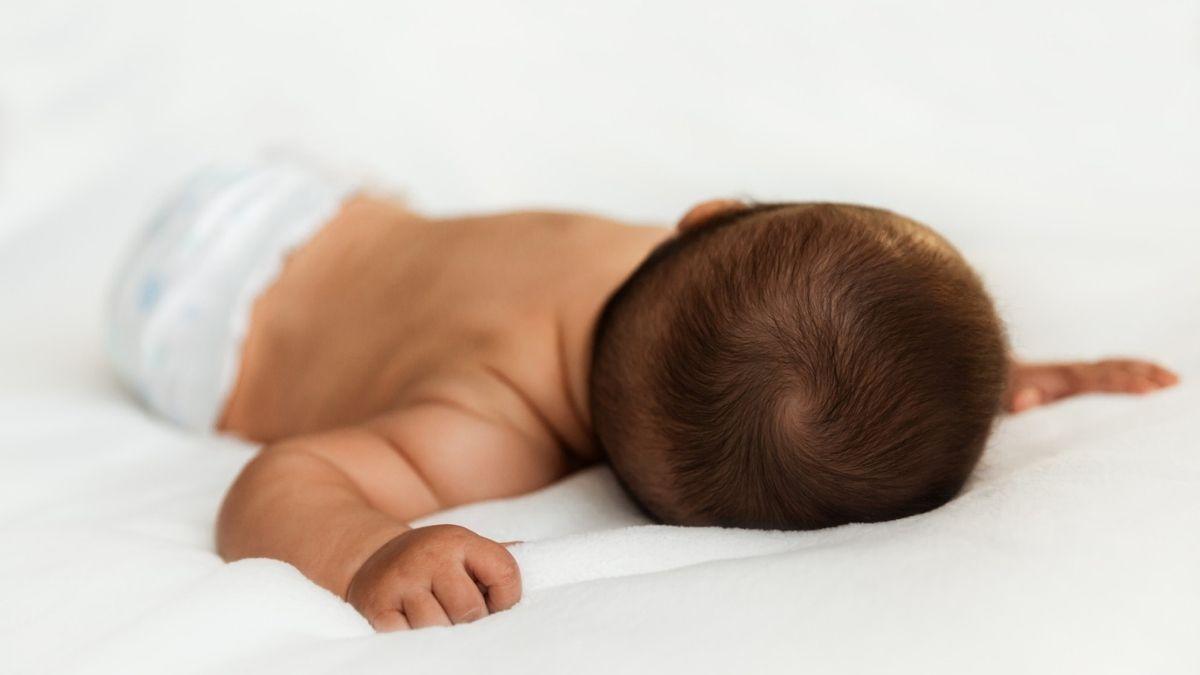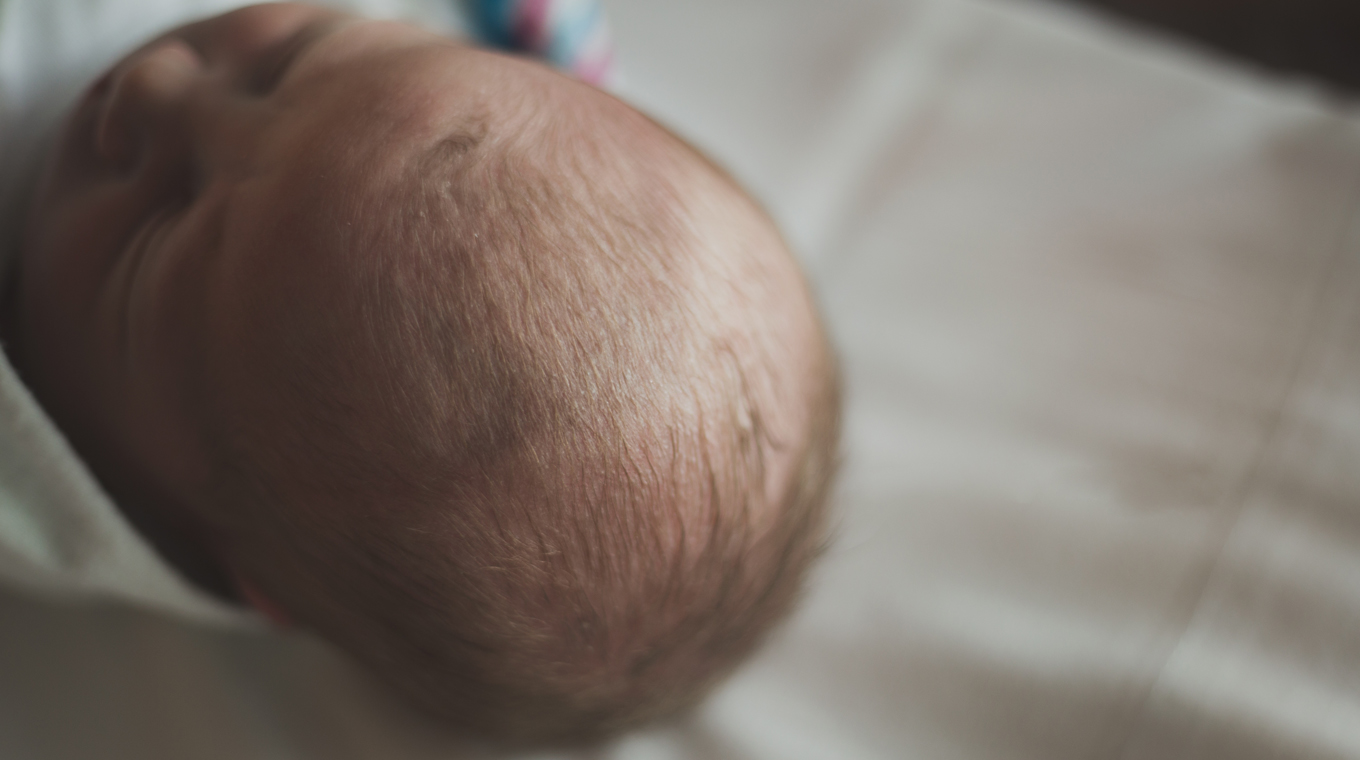
:max_bytes(150000):strip_icc()/fetal-positions-for-labor-and-birth-2759020_FetalSkull_FINAL-5c7ff323c9e77c0001fd5af8-abf8c962b9a04180b8ff19676ec10bef.png)
It’s safest for your baby’s healthcare provider to make a diagnosis. Keep in mind, a sunken soft spot can sometimes occur in babies who are not dehydrated. Your baby may also be more likely to be dehydrated if she has a fever, has been vomiting, or has diarrhea.īeyond a sunken soft spot, these are some of the other signs of dehydration:Ĭontact your baby’s healthcare provider right away if you’re concerned your newborn may be dehydrated. What Causes a Sunken Soft Spot on Your Baby’s Head?Ī sunken soft spot may be due to dehydration, which can happen if your baby does not get enough breast milk or formula. There’s no need to worry if you see your baby’s soft spot pulsing. This is completely normal - blood is pulsing through your baby’s body, and this movement can sometimes be visible where the soft spot is. Sometimes it may appear that your baby’s soft spot is pulsating. What Does It Mean When a Baby's Soft Spot Is Pulsating? To help ensure your baby’s head is protected, it’s a good idea to remind friends, family members, and caregivers to be careful and gentle with your baby’s head.

There is a thick and durable membrane just under your baby’s scalp that protects her brain, so gently touching the fontanelles won’t hurt her. What Happens If You Touch the Soft Spot on Your Baby's Head?Īs long as you touch your baby’s soft spots gently - for example, when you’re holding your baby and supporting his head and neck or when you’re washing your baby’s hair - you shouldn’t be afraid of hurting him. The soft spot at the front may close around the time your toddler turns 18 months old.

At about 2 to 3 months of age the soft spot at the back of your baby’s head may close. In your baby’s first few months, both soft spots should be open and flat. When Does a Baby's Soft Spot Close or Go Away? They allow a baby’s skull to expand, making room for the rapid brain growth that happens in the first year. They make it possible for the bony plates of the skull to compress and overlap as the head passes through the narrow birth canal during a vaginal delivery

The soft spots on babies' heads have two main functions:


 0 kommentar(er)
0 kommentar(er)
